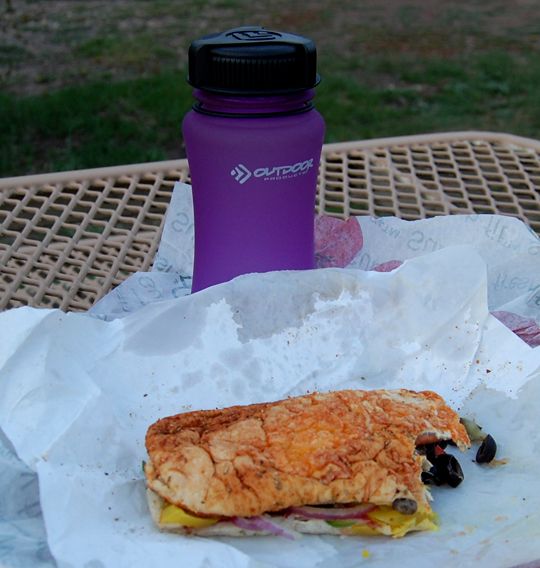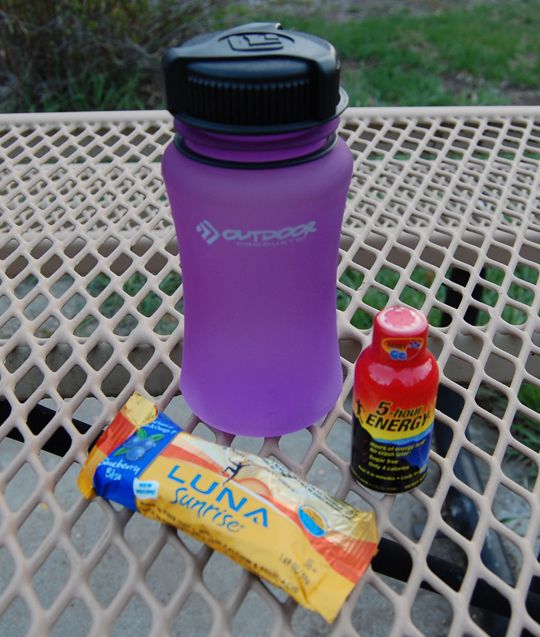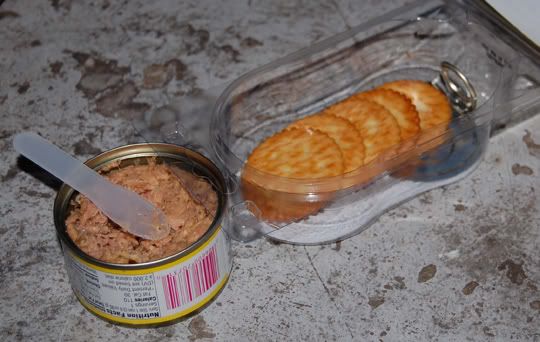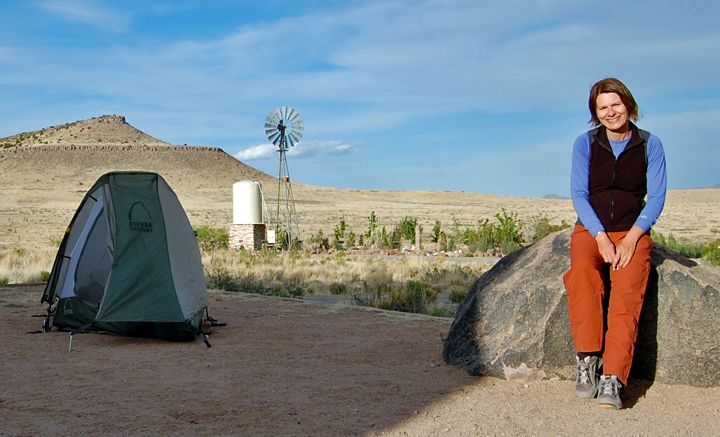
In the recent years I’ve been trying to “reduce” the cost of my motorcycle trips. There are three things I discovered that will significantly reduce the cost of a trip:
1 Don’t buy bottled drinking water - free water is out there
2 Eat less at restaurants - buy more food at super markets
3 Camp more - stay in motels less
My last 7 day trip cost me $177.45, that’s about $25.35 per day. I’m glad gasoline is cheap again since $90.65 of that cost was just in gas.
Drinking Water
I think the biggest rip off is bottled drinking water. A bottle of driking water can cost anywhere from $1 to $2 per bottle, and during the warmer summer months it’s totally possible to spend anywhere from $8-18 a day just on driking water or other beverages. Over a 7 day trip that can easily amount $60 or more for the trip. Water is a necessity but water is out there and you get it for free. Most campsites, state parks, national parks will have water fountains. Now, of course if you want to get free water you will need to have some containers with you to store it. I tour with water bottles and water bladders (like a Camelbak or Platypus) and I fill up with water whenever I see free water. Carrying drinking water is an inconvenience, water is heavy, and all those water containers take up space, but you can save a lot of money, especially on those longer trips. Most bathroom sinks at gas stations have perfectly good drinking water, but I also use a water purification system and I can filter any kind of water with it. Any river or lake water becomes drinking water. I use the Katadyn Hiker Pro and it will will set you back about $69 but I also use it for backpacking and it should last for years. The more I hike and backpack, the more items I discover that I can also use on my motorcycle trips.

Platypus water bladder

Katadyn Hiker Pro water filtration system

Katadyn Hiker Pro in action
Food
It’s hard to eat well on trips, and restaurant meals ad up quickly, so eating out is expensive, and eating at fast food restaurants is not very healthy. I guess the hardest thing about keeping food on the bike, is that most foods require refrigeration. Things like peanut butter and tuna fish not only do not require refrigeration, but are also healthy foods, with lots of protein for energy. If you have a way of heating up food, like a Jetboil, this opens up a lot of possibilities. You can make anything from hot cereal in the morning to a pasta dish. I try to keep things simple food wise, and even though my favorite fruit - the banana - doesn’t travel well in a top case, apples do. I keep things like crackers, trail mix and energy bars on the bike for those times where I can not find food on the road.

My camping favorites: Tuna, crackers, peanut butter and jelly

On the road snack foods: energy bars, trail mix and banana chips
I tour with a camping knife/fork/spoon and a simple cheap plastic bowl

One of my dinners on the last trip: I ran out of water and was glad the park had a vending machine with PowerAde for $1 each, avocado, crackers and my favorite tomato & basil tuna

Subway subs make a great meal, cheap and nutritious, they travel well

Breakfast

Breakfast

More tuna and crackers

Pringles travel well, as do apples
Lodging
Motels are expensive. All you really need is a place to sleep, a bathroom and a shower. Unfortunately not all campsites have showers. The one thing that kept me away from camping on the bike for the longest time, was that I wear contact lenses. Many campsites have modern bathroom facilities and that isn’t even an issue. But many campsites have no running water, no sinks. I found that carrying some tissue wipes and some hand sanitizer works well in those situations when there is no modern bathroom facilities. The savings between camping and moteling can be huge. A decent campsite costs between $7 and $15, a decent motel room costs between $55 and $70. Staying with friends and family is always the cheapest option. I’ve been trying to find people to stay with on my trips. Besides the free bed, it’s always nice to hang out with like-minded people during the trip, especially when you’re traveling alone.

Tent camping


7 comments:
Hi Anna,
Been following your blog for several years. I, too, love to ride and camp and hike and travel. Thanks for all the great info and interesting posts over the years. If you're ever in the San Diego area, you're welcome to stay with me.
Thought it was time to introduce myself and say "hi".
Lori
Lori,
Thanks for compliments and invite. Now that I'm on the west coast (well, closer to it at least) I hope to get out to California more often. There are some amazing roads out there.
Hi Anna
I stumbled on your blog last week and already addicted to it.... thanks for great pictures and descriptions
ciao
Yes, there are lots of great roads out here. I ride dirt and street. I have SV650, Ninja 250, XT 225, Honda 80. Also 400EX quad during desert season. Lots of fun.
Lori
Regarding contacts, I used to wear the kind that you have to take out every night, and as you said, that can indeed be a pain when camping. I now wear extended-wear that I can sleep in (I take them out overnight about once a week), which is handy all the time, but especially when camping.
Payne,
I might look in to those, would make camping easier. I'll have to find out if my toric lens even comes as an extended.
My prescription is goofy for my left eye and there are like only a few brands that I can pick from, my current lens is a monthly frequency.
I also have to add that I’ve tried many brands of contacts when I started wearing them, didn’t like most brans. I finally tried Cooper Vision lenses, and I like them a lot. I like thick lenses, most lenses are thin.
Great tips and love the blog. Keep posting photos of those rides. Colorado looks beautiful.
Post a Comment